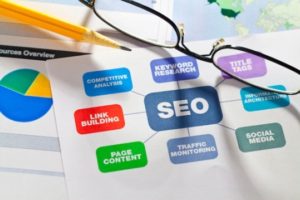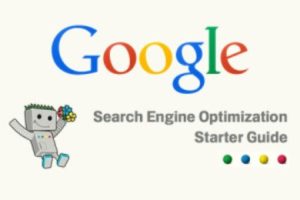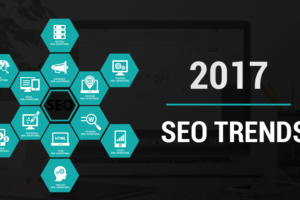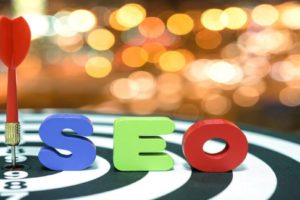Landing page and types of landing page
In online marketing, landing page, sometimes known as direct capture page or ‘lander’, is single web page that appears in the response to clicking on thesearch engine optimized search result or an online advertisement.
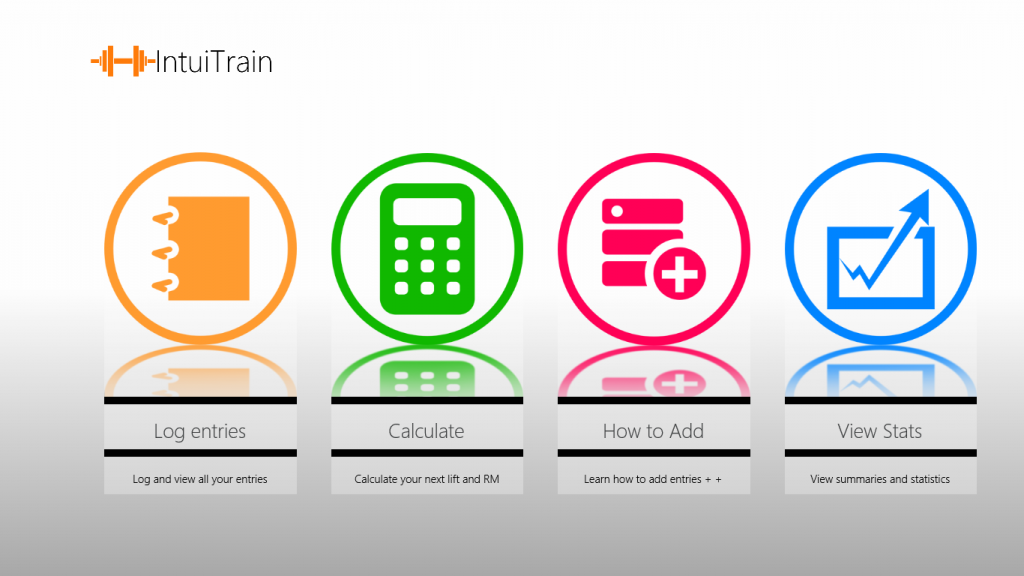
Image source : Landing page and types of landing page
The landing page would usually display directed sales copy that is logical expansion of the advertisement, search result or link.
Landing pages are frequently linked to from social media, an email campaigns or SEM – search engine marketing campaigns in order to improve an effectiveness of an advertisements. The general goal of the landing page is to convert site visitors into the sales or leads. By analyzing activity generated by linked URL, marketers can use click through rates and conversion rate to determine a success of an advertisement.
Types of landing pages
There are 2 types of landing pages: reference landing page and transactional landing page.
Reference landing pages
A reference landing page presents an information that is pertinent to visitor. These can display text, images, dynamic compilations of pertinent links, or a other elements.
Transactional landing pages
The purpose of this type of landing page is to convince the visitor to take an action by completing the transaction. This is proficient by providing form that needs to be filled out. The visitor information is obtained in order to add a visitors email address to mailing list as the future vision. A transactional email campaign can be established in future. The goal is to capture as much as information about the visitor as possible. The eventual goal is to convert the visitor into customer.
Landing page optimization (LPO) :
Landing page optimization is one part of broader Internet marketing process called as conversion optimization, or conversion rate optimization or CRO, with the goal of enhancing the percentage of visitors to website that become sales leads and customers. A landing page is webpage that is displayed when the potential customer clicks on advertisement or search engine result link. This webpage naturally displays content that is relevant to an extension of the advertisement or link. LPO aims to provide a page content and appearance that makes the webpage more appealing to target an audiences.
There are 3 major types of landing page optimization based on targetting
Bases for landing page optimization are
Associative content targeting also called rule-based optimization or passive targeting. The page content is customized based on an information obtained about visitors search criteria, geographic information of source traffic, or other known as generic parameters that can be used for overt non research based consumer segmentation.
Predictive content targeting also called as active targeting. The page content is adjusted by an associating any known information about visitor e.g., personal demographic information, prior purchase behavior, browsing patterns, etc. to anticipate a desired future actions based on the predictive analytics.
Consumer directed targeting also called as social targeting. The page content is created using the significance of publicly available information through the mechanism based on a reviews, referrals, ratings, tagging, etc.
There are two major types of Landing page optimization based on experimentation:
Closed-ended experimentation. Consumers are showing to several variations of the landing pages, altering elements like headlines, formatting and layout as their behavior is observed in an attempt to remove interruptions that would take lead away from the page, including the primary routing. At the conclusion of an experiment, an optimal page is selected based on an outcome of the experiment.
Open-ended experimentation. This approach is some what similar to closed ended experimentation, except that experimentation is ongoing, meaning that the landing page is adjusted enthusiastically as the experiment results change.
Experimentation-based Landing page optimization
Experimentation-based landing page optimization can be accomplished using A/B testing, multivariate Landing page optimization, and total-experience testing. These methodologies are applicable to both closed and open ended experimentation.
A/B testing
A/B split testing or A/B testing, is method for testing 2 versions of the webpage version ‘A’ and version ‘B’. The goal is to test the multiple versions of the webpages e.g., home page, product page, FAQ to conclude which version is most an pleasing or effectual. This testing method may also be known as A/B/n split testing, here the n denoting more than two tests being measured and compared. The data for A/B testing is usually measured through click-through or conversion.
Testing can be conducted in sequence or in parallel. In a sequential testing, frequently the easiest way to implement, the various versions of webpages are made available online for specified time period. In parallel or split testing, both versions are made available, and the traffic is divided between the 2. The results of sequential split testing can be slanted by differing time periods and traffic patterns in which the different tests are run.
A/B testing has the following advantages:
Inexpensive because of an existing resources and tools are used.
Simple because no composite statistical analysis is requisite.
A/B testing has the following disadvantages:
Difficult to control all an external factors for e.g., search traffic, press releases, campaigns, seasonality when using sequential testing.
Very limited in that dependable conclusions cannot be drawn for the pages that contain multiple elements that diverge in each version.

